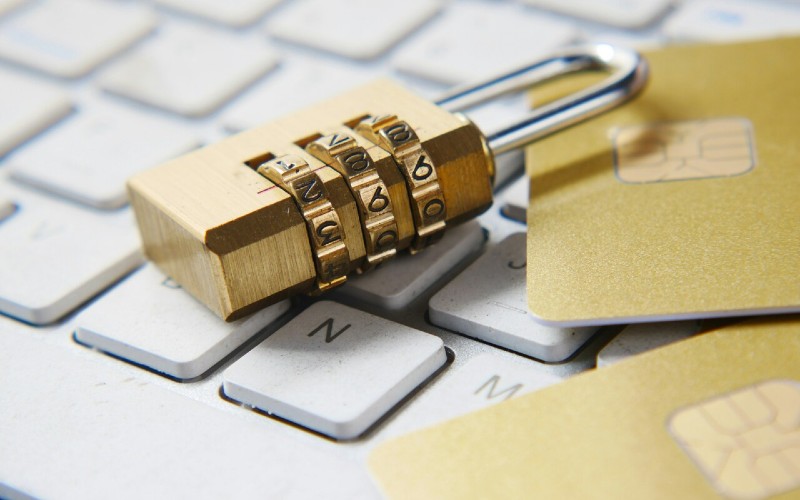Cybersecurity attacks have always been something to look out for, particularly for businesses that hold sensitive company and customer information in their database. However, today, the malicious hacking methods are more intelligent than they have ever been, utilising the latest AI technology to their advantage. Luckily, the technology for threat hunting has also been rapidly improving.
What is threat hunting?
You may have heard of threat detection before, but how is threat hunting different?
Threat hunting is the proactive approach to dealing with cyberattacks. While threat detection protects you against a well-known attack, threat hunting aims to actively search and investigate your systems for potential threats.
It uses TTPs analysis instead of the usual IOCs, and utilises hypothesis-based detection. As a result, a malicious attack could be found way before the usual security tools become aware of it, mitigating its risks early and minimising potential damage.
Why is proactive security important?
Many companies don’t know this, but the average detection time for a security breach is 200 days… Yes, you read that right! Not only that, once it has been detected, it takes around 66 days on average to respond and contain it.
This statistic essentially means that the attacker has nearly 9 months to enter the organisation’s database and cause damage, all while staying in the unknown. The consequences of the damage potentially caused during that time could take additional months if not years to recover from.
A proactive approach to cybersecurity is, therefore, a way to provide an added layer of protection to your business.
Key components of an effective threat hunting strategy
Organisations looking to implement an effective threat hunting strategies should focus on a few key components:
- Threat research – A threat hunter should be informed of the latest types of attacks at all times. They should regularly research potential vulnerabilities, attacking techniques and tactics used by malicious actors, and other information that may help them recognise a threat quicker.
- Innovative technologies and analytics – Leveraging cutting-edge technologies is essential in detecting malicious events from normal network behaviour. Threat hunting experts are continuously analysing new technology that allows them to improve the quality of threat hunting.
- Offensive mindset – To beat a hacker, you must think like one, which is why threat hunting is all about understanding the mindset of the malicious actors. Red Team services also tend to work together with threat hunters, further increasing the proactive detection of cybersecurity risks.
- Compromise hypothesis – Using hypothesis scenarios is about combining the speed of automation with the contextual understanding and intuition of human analysts. With the help of research and hypothesis, they predict malicious behaviour and suggest more effective ways to find threats.
- A skilled team – Unfortunately, threat hunting is not something that can be easily done in-house, by existing staff. It is a highly specialised process that requires a well-thought-through strategy. For it to work as effectively as possible, you will need hunters with expertise in data analysis and threat intelligence.
Conclusion
In the face of evolving cyberattacks, businesses that rely solely on reactive security methods are becoming the primary targets for malicious operations. A proactive approach is, therefore, a necessity and threat hunting proves to be one of the most effective strategies.


